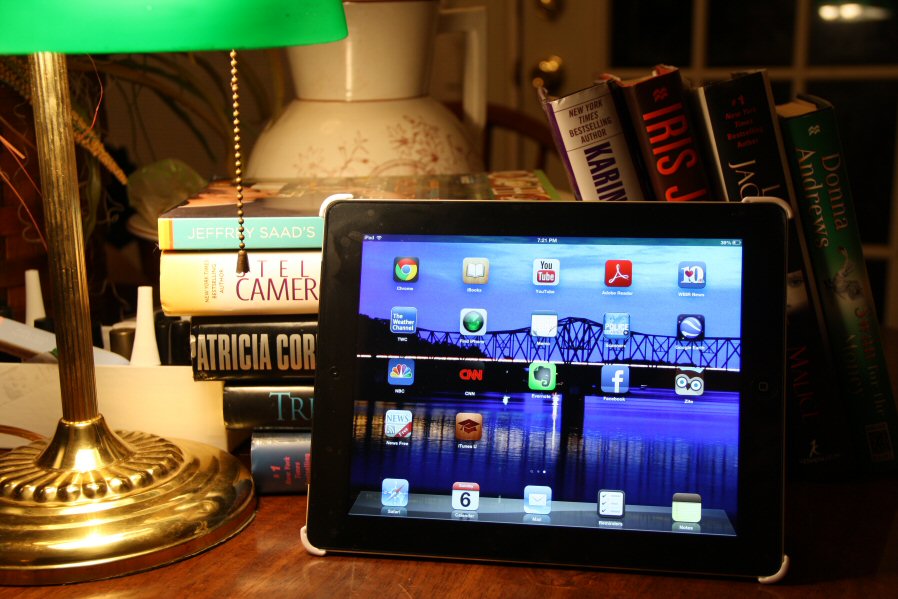Information has been released recently on the way that readers consume their books. There has been a significant increase in the number of people that use e-readers for book consumption. While the number of Americans that read electronic books rose 7%, the number of Americans that read printed books fell 5%. The number of electronic book readers jumps considerably in some demographic groups. Nearly 1/3 of the reading population owns a tablet computer or e-book reading devise, as of late November 2012. That number has dramatically increased from 18% who owned a tablet computer or e-book reading devise in 2011. The number of Americans who are reading e-books has increased in every demographic, however the greatest rise is in the 30-49 age bracket. Increased income and education level statistically result in higher numbers of e-book readers, with the largest demographic being those that have some college or above and an average household income of above $50,000 annually. The new form of book consumption has some libraries offering e-books to their patrons. Public Libraries are communicating that they are lending e-books and more of the population is aware of the option of borrowing an e-book from the public library. Despite the push by public libraries to inform the public about the e-book lending program, 57% of the population remains unaware of the e-book lending opportunities at the local libraries. The number of e-book readers is expected to increase further when numbers reflect those that received tablet computers or e-readers during the recent Holiday gift giving season.
eBook Consumption Increases as Traditional Paper Decreases
Source: K. Depew, News Director











